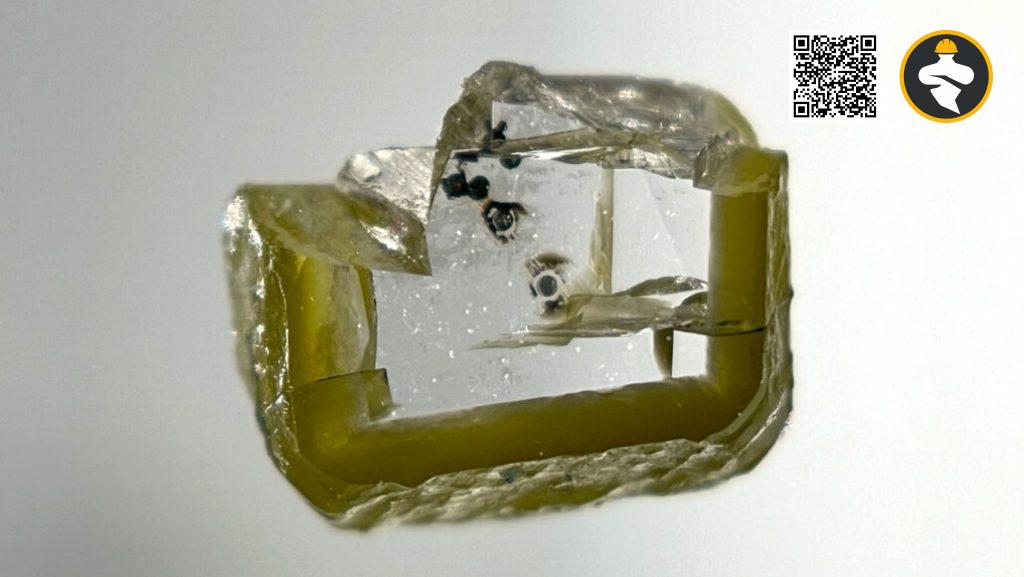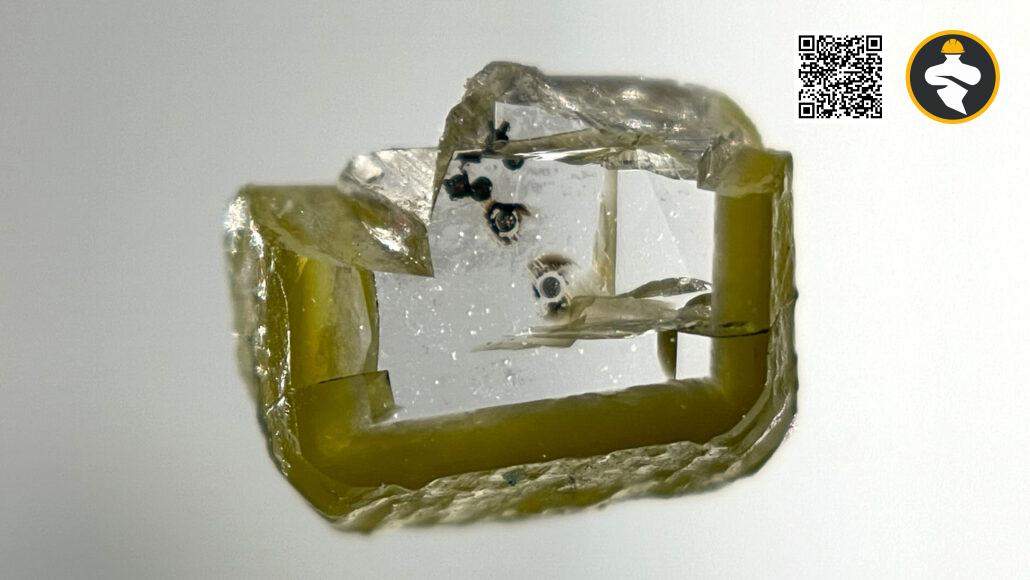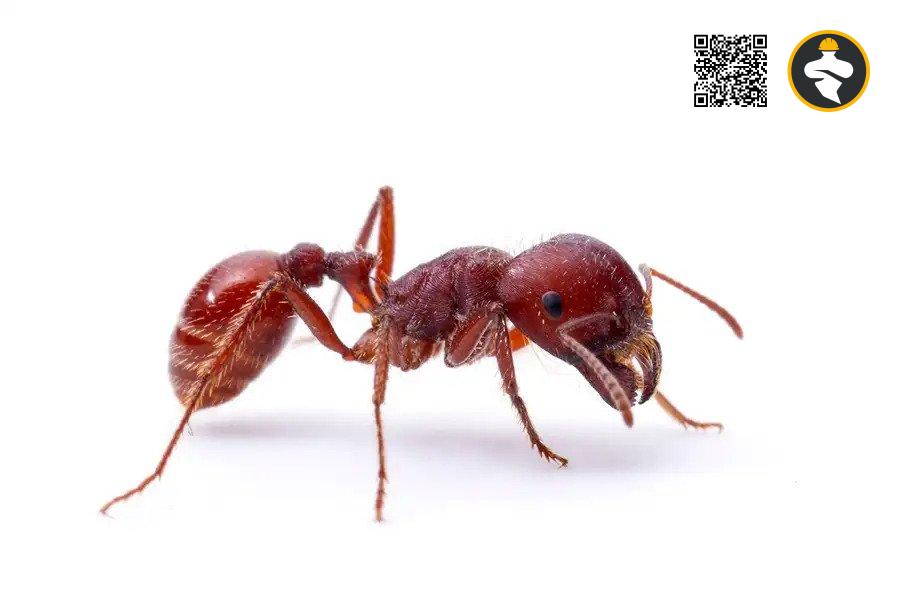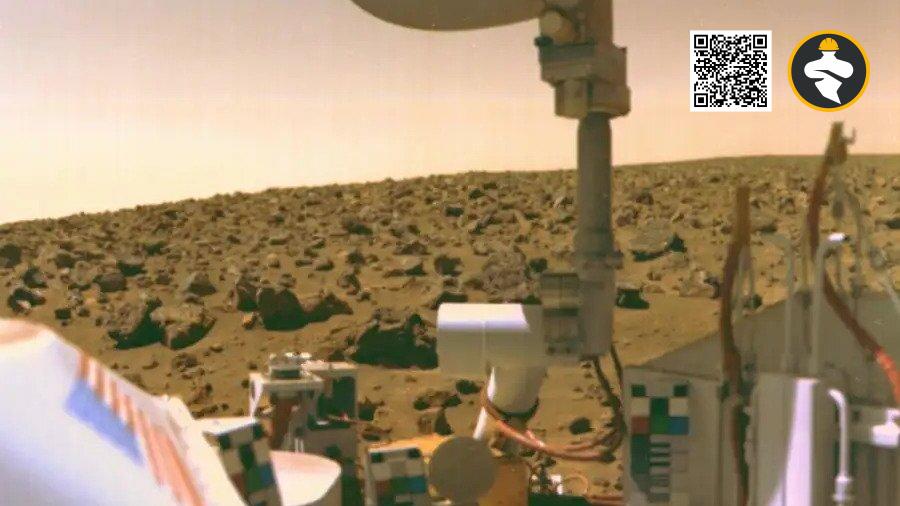Diamonds are a geologist’s best friend when it comes to discovering what lies deep within the Earth.
A small piece of rock caught within a diamond is now providing a glimpse into the planet’s lower mantle. Researchers reveal in Science on November 12 that inside the diamond lies a newly found silicate mineral called davemaoite, which can only have formed in Earth’s lower mantle. It’s the first time scientists have clearly proven that this form of lower mantle mineral, which had previously only been anticipated through laboratory tests, occurs in nature. The mineral was named after Ho-kwang (Dave) Mao, a well-known experimental high-pressure geophysicist.

The diamond with the telltale mineral inclusion originated from a mine in Botswana and developed at depths greater than 660 kilometers, the top limit of Earth’s lower mantle. Mineralogist Oliver Tschauner of the University of Nevada, Las Vegas, and colleagues identified the chemical makeup and structure of the new mineral using analytical techniques such as X-ray diffraction, X-ray fluorescence imaging, and infrared spectroscopy.
According to Tschauner, scientists previously thought that this mineral must make up around 5% to 7% of the lower mantle. However, such deep-Earth minerals are notoriously difficult to see directly. This is due to the fact that minerals that are stable in the severe pressures of the lower mantle — which stretches all the way to 2,700 kilometers below the Earth’s surface — begin to rearrange their crystal structures as soon as the pressure is relieved.
Even the most common mineral on the planet, bridgmanite, a lower mantle magnesium iron silicate, was largely theoretical until 2014 when it was discovered to have naturally occurred within a meteorite that had slammed into Australia with such force that it generated crushing, deep mantle-like pressures in the rock. Bridgmanite is the only other high-pressure silicate mineral that has been verified to occur in nature.
Diamonds operate as time capsules, preserving the original mineral forms as they travel to the surface.
The finding of davemaoite not only confirms its existence but also discloses the location of various heat sources deep within the Earth. Although it is a calcium silicate mineral, davemaoite also contains a slew of other elements that find their way into its crystal structure. Radioactive elements such as uranium, thorium, and potassium, as well as rare-earth elements, are included. Such radioactive materials have long been assumed to provide around one-third of the heat flowing in the lower mantle (the remaining two-thirds being left over from the planet’s original birth 4.55 billion years ago). Researchers can now confirm where such components occur by determining the chemical nature of davemaoite.
This is because the Botswana diamond also contains a high-pressure form of ice as well as wüstite, another high-pressure mineral. According to Tschauner, the existence of such inclusions helped narrow down the rough pressures at which the davemaoite may have formed: anywhere between 24 billion and 35 billion pascals. He adds that it’s difficult to say exactly what depth that relates to. Tschauner claims that the discovery immediately relates heat generation (radioactive elements), the water cycle (ice), and the carbon cycle (represented by diamond creation) all in the deep mantle.
According to Sang-Heon Shim, a geophysicist at Arizona State University in Tempe, another noteworthy characteristic of this new mineral is that it is remarkably high in potassium compared to laboratory projections.
According to Shim, the majority of experimental efforts to synthesize the material resulted in “nearly pure calcium silicate perovskite.” Scientists can only hypothesize about the source of the additional potassium for the time being, but this surprising composition suggests that the lower mantle may be a more motley mix than previously imagined, with complexity impossible to anticipate based on lab research alone.











